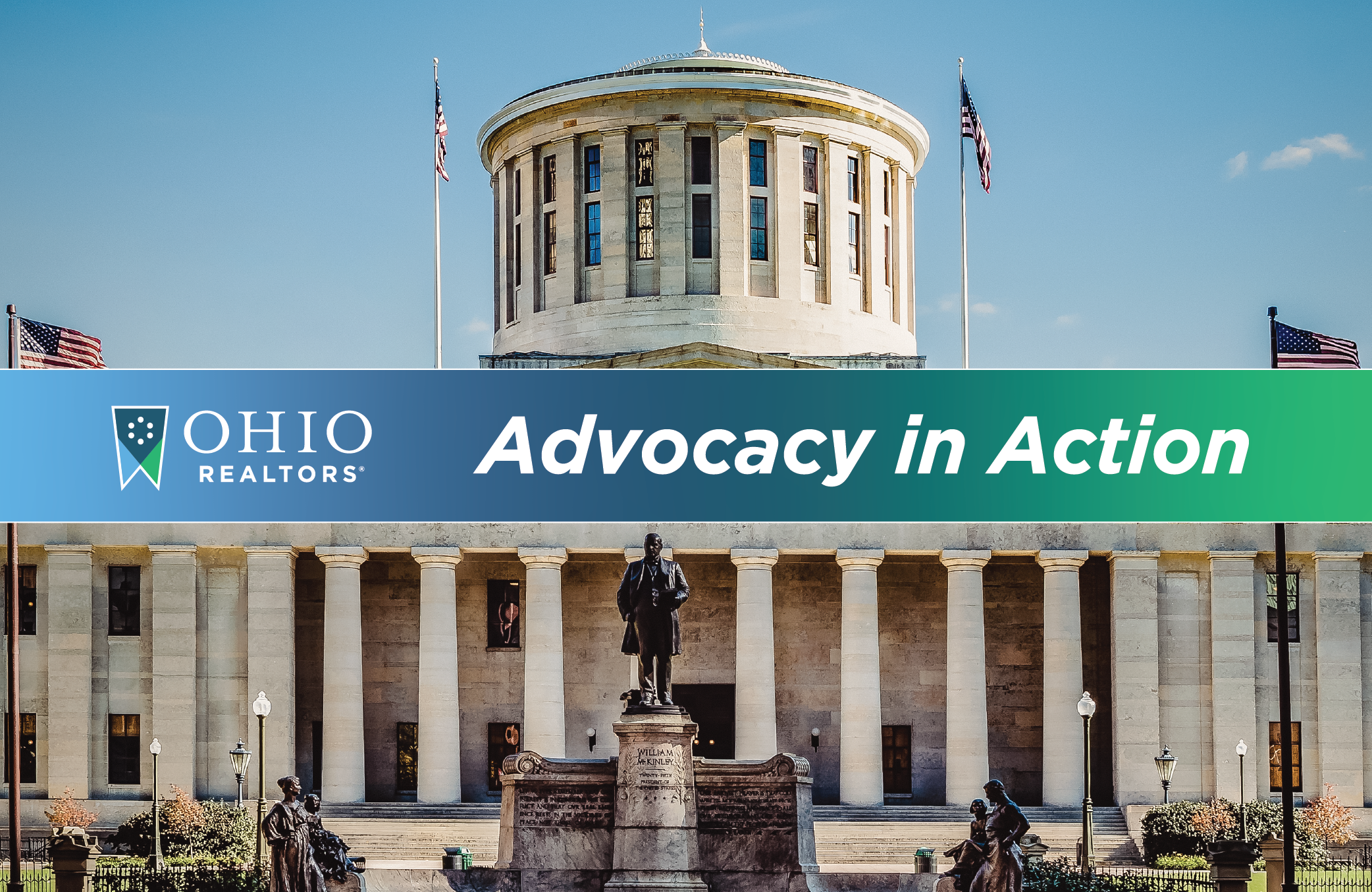
Residential Economic Development Districts Grant Program (REDD) Implemented
By Stephen Ciacchi
On November 12, 2025 the Ohio Department of Development announced the guidelines for the Residential Economic Development District (REDD) Grants Program. This new program, which was supported by Ohio REALTORS® in the most recent State Operating Budget, creates a major new funding tool to support housing development near large-scale economic projects. The program, championed by Senator Michelle Reynolds, provides counties, townships, and municipal corporations located within twenty miles of a major economic development project.
“The implementation of the REDD program is a vital step toward ensuring that housing is accessible and affordable,” said Senator Reynolds. “I proudly sponsored this legislation and fought for its inclusion in the biennial budget, and I am glad to see the Ohio Department of Development use it to its full effect.”
The Ohio Department of Development unveiled additional details of the program, which can be viewed through the following link: For more information, please visit https://development.ohio.gov/community/redevelopment/residential-economic-development-district-program
The guidelines outlined by the Department of Development include:
Major Economic Development Project
Project that is expected to create, retain, and attract at least seven hundred (700) new, permanent jobs or at least $700 million in private investments committed to establish, expand, renovate, or occupy a project site.
About the REDD Program
The REDD Program appropriates $10 million in fiscal year 2026 (2/1/26 –131/27), with grant amounts ranging from $250,000 to $2.5 million.
Eligible Uses
Communities can use REDD grants to:
- Provide capital for new housing development
- Prepare or acquire development-ready sites
- Fund housing-related infrastructure (roads, water, sewer)
- Support increased public safety or service needs due to population growth
- Cover administrative costs (up to 10%)
What the Program Encourages
The application is based on a scoring metric. To score highly, applicants should demonstrate pro-housing policies and plans. Projects earn more points if they:
- Increase density (2+ units per acre)
- Reduce minimum lot sizes less than 7,500 sq. ft.
- Reduce setback and open-space requirements
- Lower fees for inspections, impact studies, or tap fees
- Use both flexible and rigid pavement types
- Conduct traffic studies or thoroughfare plans
- Extend water or sewer infrastructure for workforce housing
- Adopt multiple pro-housing reforms that reduce barriers and streamline approvals
Application & Reporting Requirements
- Applications open December 16, 2025, and will be reviewed on a rolling 30-day cycle until funds are depleted
- Applications must be submitted through OHID and cannot be modified once submitted
- Awardees must obtain an Ohio Supplier ID for reimbursement
- Grantees will submit quarterly progress reports and a final report at the close of the grant period


